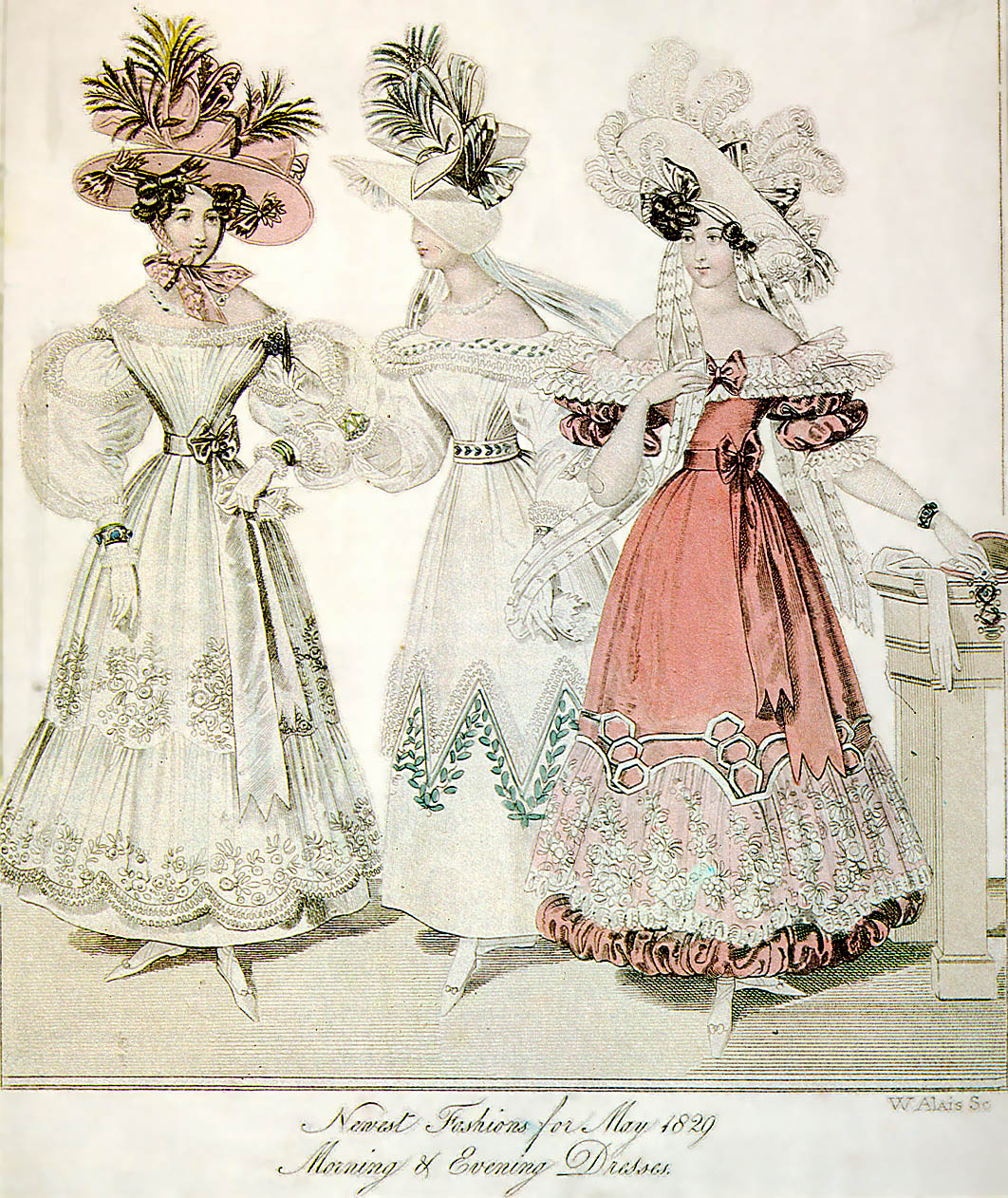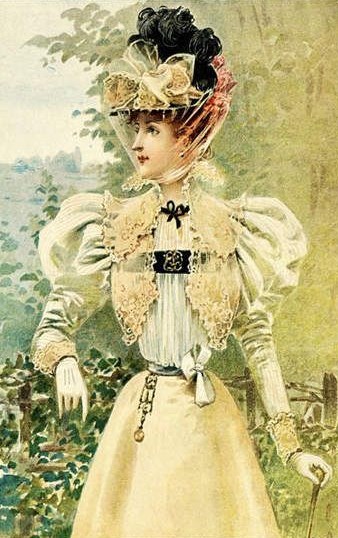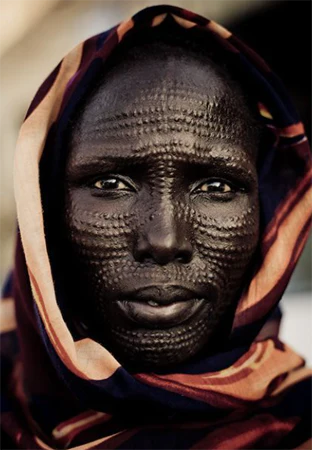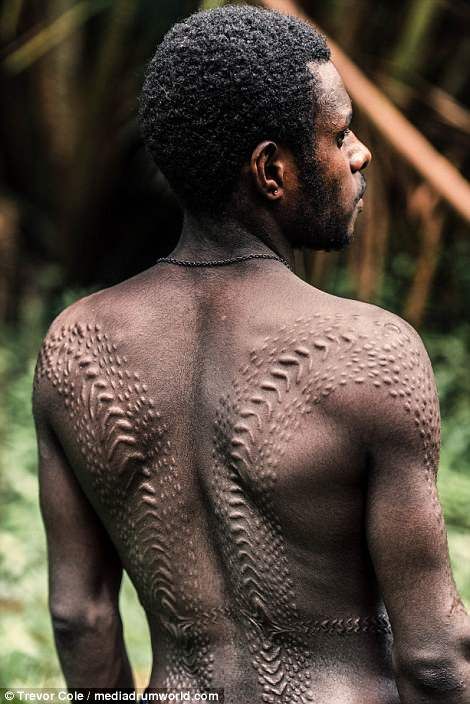
The Wasp Waist of The Victorian Era
In the Victorian era among women, the wasp waist was a popular trend which is the practice of tightlacing. A corset is fashioned around a woman’s waist and tightened until the waist is completely modified and altered to an extremely meager size. All in the name of beauty the Victorian women endured and suffered grave discomfort to achieve a small waist. This practice permanently altered their body structure. The corset conforms to their flesh and is tightened until a desirable size is reached. The goal is to achieve a tapered waist with a high breast. The desired size was measured at 18 inches. No matter the mental or physical consequences the women were firm and determined to conquer each other by achieving the smallest waist possible— in other words, an hourglass appearance. The practice emerged between the late 16th century and ended around the early 20th century. The potential consequences of completely altering their waist shape were grave and life-threatening. Altering their body structure was detrimental to their health. Whether the consequences were known to them or they understood their potential fate, the trend continued to flourish and was placed under a competitive category among the elites. It is said a few treatises were published by men who were against tightlacing the skeleton due to the potentially severe medical consequences. For example, the adverse effect of tightlacing caused TB, gallstones, and other variety of diseases. Other cases of cultural practices have been recorded and the severity of the physical damages was unprecedented. Similar to other practices like foot-binding in China, the wasp waist practice unveiled the lasting harmful effects, deformation, and health problems. In some cases, the damage was permanent, and left rib indents from the corset. The adverse effects on Victorian women’s livers were severe. One autopsy reported the liver to be elongated. In the Victorian era, women were perceived to be intellectually inferior to men and supposed to exude a fragile and innocent disposition. It was considered unfeminine to not appear in that sort of manner. Most surprising was the fact that the men were against the nature of tightlacing because of the adverse effects and medical issues. However, by the 1920s the practice slowly died out which gradually brought an end to the practice. Although the tightlacing practice was a hazard to the women, to them, it was a way to express their feminity and embody their culture.




The Scarification Ritual: Besser Rebe Tribe
In Benin West Africa the Besser Rebe tribe’s sense of identity is the scarification ritual. The curving of the cuts leaves behind scars of intricate patterns. Scarification is a symbol of belongingness in different ethnic groups in Benin. In the Besser Rebe tribe is it said the scars on the face are a sign of childhood and scars on the abdomen are a mark of adulthood. The necessary process starts in infancy. The size of the scars and pattern classify each tribal member socially and ethnically. Every four years the Besser Rebe tribe initiates the young men into adulthood. The practice is sacred and a necessary process to transition into childhood and adulthood to be acknowledged in society. Scrap metal and a bellow are used to make a knife. On initiation day the scarification process takes nearly an hour and is done on a flat surface with whomever spralled on the ground under a tree. Scarification has other functions. Sometimes is used for therapeutic purposes, protection, or to honor their ancestors. It has been reported that a majority of tribal members show their devotion to the Voodo deity by scarification. In other cases, depending on a particular ethnic group scarification signifies patriotism or a mark of legitimacy. However, the ritual is risky as most rituals involve some form of physical alteration. It is painful and bloody. Scarification permanently changes the skin tissue. It is damaging to the skin tissue and may cause skin trauma. Death is inevitable in some cases.


For more information view the sources tab.
Credit to the owners of the images.